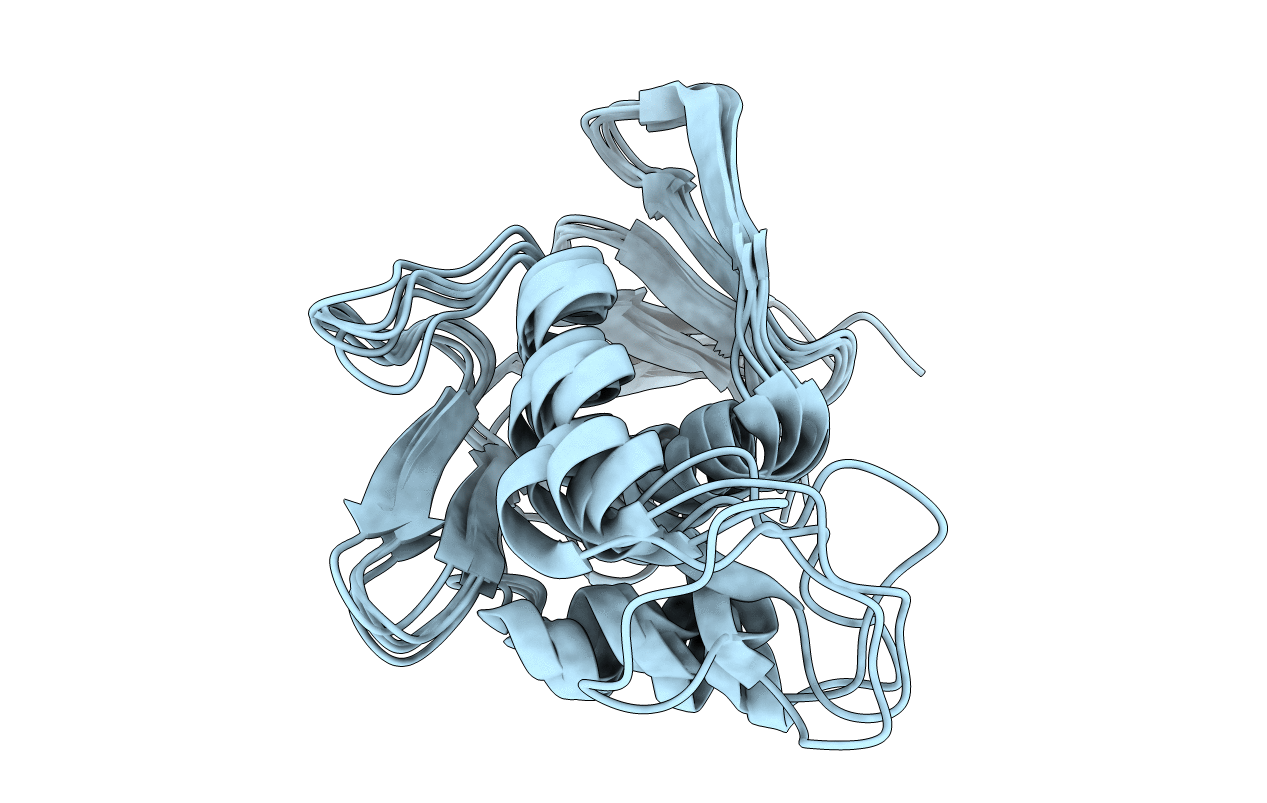
Deposition Date
2021-02-23
Release Date
2021-10-20
Last Version Date
2024-06-19
Method Details:
Experimental Method:
Conformers Calculated:
100000
Conformers Submitted:
5
Selection Criteria:
back calculated data agree with experimental NOESY spectrum


